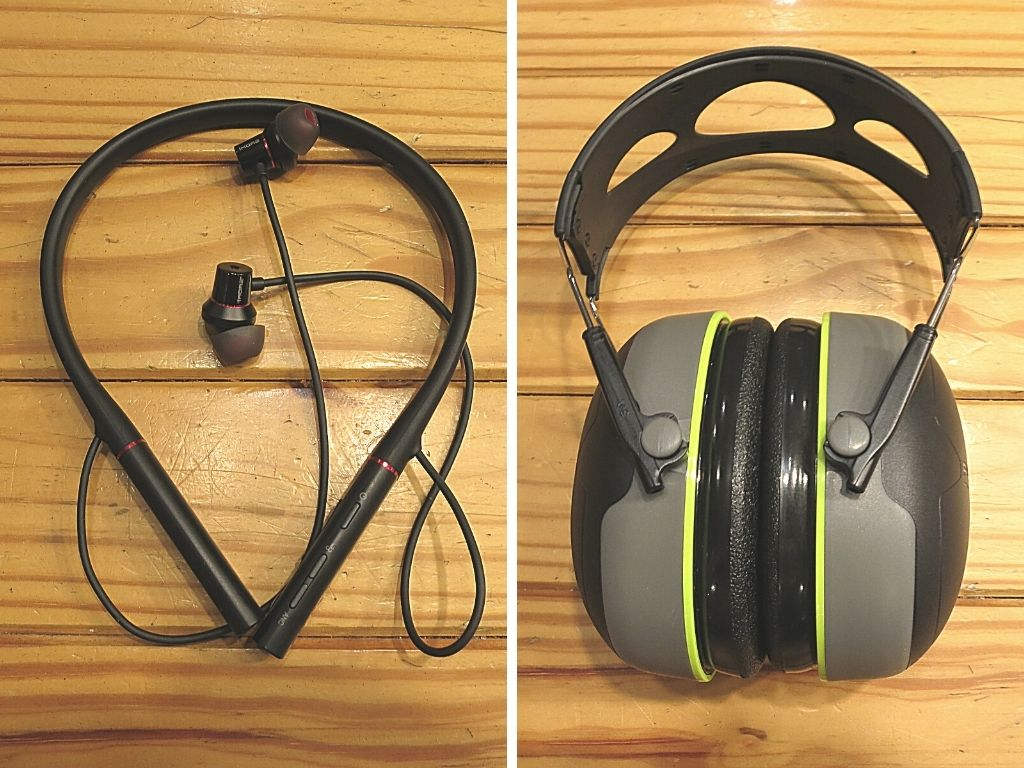
Quality active noise cancelling headphones work great against low-frequency noise, OK against mid frequency noise (speech, office noise, etc.) and well against high frequency noise.
Then we have noise cancelling earbuds. They can be nearly as good as over-ear ANC headphones for low-frequency noise, but are substantially weaker against mid and high frequencies.
Good hearing protection earmuffs, on the other hand, reduce mid- and higher frequency noise very well, better than over-ear headphones, but they don’t fare so well against low-frequency noise (HVAC system, traffic rumble, subwoofer bass).
This begs the question:
Can’t we combine earmuffs and noise cancelling earbuds and get the best of both worlds?
Does this combination perhaps yield the ultimate noise cancelling headphones?
I wanted to know, so I tested the noise cancelling performance for ANC earbuds plus earmuffs using test noises for the frequency bands from 40 to 12500 Hz (1/3 octave bands).
I also compared the performance to that of the most effective over-ear ANC headphones I own.
Important note: this test has been designed to compare performance for everyday noise reduction, not hearing protection! Consumer earbuds and headphones are not meant as a hearing protector.
The test candidates:
- 1More Dual Driver ANC Pro earbuds (reviewed here)
- Chosen for their excellent low-frequency noise cancellation
- Peltor Sport Bull’s Eye NRR 27 earmuffs (reviewed here)
- Effective, good looking medium-profile hearing protection earmuffs with ample space for the ears
- Sony WH-1000XM3 over-ear ANC headphones
- The most effective active noise cancelling headphones I own
Based on this test, the short answer is:
- The combination ANC earbuds + earmuffs vastly outperforms ANC earbuds worn alone.
- At almost all frequencies, this combination cancels noise substantially better than even the excellent Sony noise cancelling headphones.
- The earmuffs even boost the already excellent low-frequency noise cancellation of the earbuds.
- The wearing comfort for the combination is not bad, but here the Sony headphones clearly win.
Detailed test results
The table below shows the excess noise cancelling performance in decibels for each 1/3rd octave band.
In the second column, you can see by how many decibels adding the earmuffs to the 1More ANC earbuds improved noise reduction.
The third row compares the combination ANC earbuds + earmuffs with the Sony WH-1000XM3 headphones.
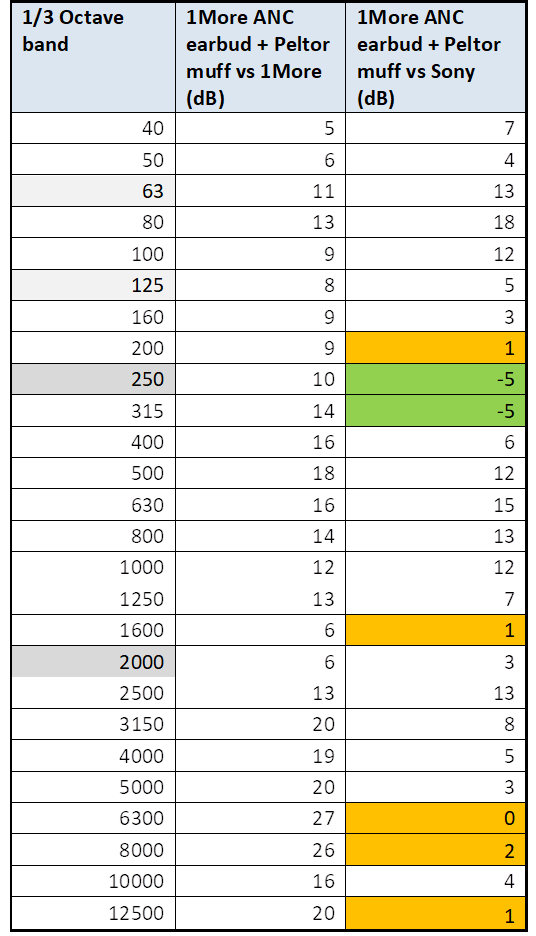
Legend:
White = Combination reduces noise better
Green = Sony headphones outperform
Yellow = Equal noise reduction (within 2 dB)
Let’s take a closer look.
Low frequency noise (40 to 250 Hz):
For low frequency noise from 40 to 250 Hz, the ANC earbuds already cancelled noise very effectively without the earmuffs. Yet adding earmuffs further boosted the performance by between 5 and 13 decibels.
Taking a look at the Sony column, the combination also clearly outperforms the Sony ANC headphones for most of the low-frequency range, and for frequencies up to 125 Hz, the difference is substantial.
Overall, the combination of 1More ANC earbuds and NRR-27 earmuffs provides the best low frequency noise reduction I have so far experienced for any active noise cancelling headphones.
So there is definitely room for even better active noise cancelling headphones in the future.
Mid frequency noise (315 to 2000 Hz):
This includes a lot of noises you would experience in an office or a coffee shop, including speech, keyboards, shouting, eating noises…
Also, blenders (both mid and high frequency), vacuum cleaners, lawn mowers, many power tools, and machinery create noise is this range.
As expected, here the earmuffs really shine. All by themselves they already outperform all noise cancelling headphones I am aware of.
Adding them to the ANC earbuds vastly improves the overall performance, and even the Sony ANC headphones, which reduce this type of noise a lot better than the earbuds (and most other over-ear headphones), stand no chance.
High frequency noise (2500 to 12500 Hz)
- Some consonants in speech, screeching, steam maker noises…
- Again kitchen equipment, power tools, such as metal saws and angle grinders
The earmuffs completely compensate for the comparative high frequency noise reduction weakness of the ANC earbuds. Up to 4000 Hz the combination again clearly outperforms the Sony headphones.
From 5000 to 12500 Hz, the muff + earbud combination and the Sony headphones perform about equally well, but the muffs still have a slight edge.
Sound quality, self-noise, and body-generated sounds
Note: this isn’t about whether the 1More earbuds sound better than the Sony headphones, but merely whether the earmuffs negatively affect the earbuds’ sound.
The earbuds sound as good with earmuffs as without, perhaps even slightly better.
The ANC of the 1More earbuds does, however, produce some self-noise.
With earmuffs on top, this noise becomes clearly noticeable when you don’t play music.
For me this isn’t a big problem; I still enjoy silence with a bit of low-volume white noise.
But, I’d like you to know that this is what you get, if you don’t play any sound.
Furthermore, with ANC switched off, I hear my own heartbeat, and more so than if I wear the earmuffs all by themselves.
This would be annoying, but, when I turn on active noise cancelling, my heartbeat and other annoying body-generated sounds (e.g., caused by jaw movements) disappear.
The ANC completely cancels the sound of my heartbeat!
This is quite amazing actually, being able to turn this sound on and off with the flick of a switch.
How about using even higher-rated earmuffs?
I selected the NRR-27 Bull’s Eye muffs because they are effective yet not overly bulky. I feel they could be worn anywhere, and they provide ample space for the ears.
A common rule of thumb suggests that when doubling up with earplugs, medium-NRR earmuffs perform nearly as well as high-NRR earmuffs.
However, this “rule” is based on noise in the range from 125 to 8000 Hz. (In the U.S., attenuation tests to determine the NRR are performed in this range.)
In contrast, here we are doubling up with active noise cancelling earbuds (not earplugs) and for everyday noise reduction we are interested in a larger frequency range.
I have a hunch that for example the NRR-31 Peltor X5A could further improve low-frequency and lower-mid frequency noise reduction.
I’ll reserve this for future exploration.
Conclusion
In terms of noise cancellation, the combination of 1More ANC Pro earbuds and Peltor Sport Bull’s Eye earmuffs is indeed substantially more effective than even the excellent Sony ANC headphones.
How about comfort?
I can wear the earbuds underneath the muffs for 2 to 3 hours with no problems. But, the Sony headphones are still a lot more comfortable.
So for all-day use, I definitely prefer these over-ear noise cancelling headphones over the combination of earbuds and earmuffs.
But, if you are using active noise cancelling earbuds and occasionally want to boost their performance to concentrate better, or because you can’t stand the blender, vacuum cleaner or your neighbor’s power mower, adding inexpensive hearing protection earmuffs is a good option.
The results described here also indicate that there is still plenty of room for innovation and improvement when it comes to noise cancelling headphones.
Both substantially better low-frequency and mid-frequency noise reduction are possible for ANC headphones by improving on passive noise isolation. The question is whether this can be achieved without compromising too much on wearing comfort.
Finally, while this post is about everyday noise reduction and not hearing protection, I would hope to one day see a good selection of hearing protection earmuffs and headsets that incorporate active noise cancellation.
Currently, apart from excellent and very expensive aviation headsets, there are very few options.
Working close to a large diesel generator would feel a lot better with earmuffs that have active noise cancellation. And it’s not only about hearing protection but also reducing stress levels.
The technology is there: if, for example, Bose or Sony cooperated with 3M or Honeywell, we could see some great ANC muffs and they could sound good too.
ANC Bluetooth hearing protection earmuffs anyone?


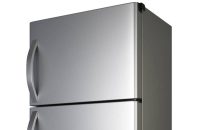

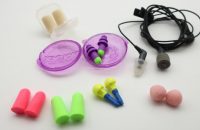
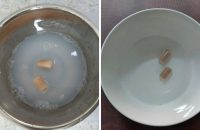
![Active Noise Cancelling vs Noise Isolating Headphones [Tested] Active Noise Cancelling vs Noise Isolating Headphones [Tested]](https://noisyworld.org/wp-content/uploads/2021/09/noise-cancelling-vs-noise-isolating-headphones-200x130.jpg)
Thank you very much for this document and your work on this website. I bought the Peltor X5a recently and I combined them with the Jabra Elite 75t. The noise reduction provided by the combination is worse though for whatever reason. The best noise reduction was provided by the X5a alone.
The combination of both is better than wearing the Jabra earbuds alone. It’s something like this: X5a >> X5a+Jabra > Jabra. I was a bit surprised by the results of wearing both devices compared to the X5a by itself. I also noticed that when combined with the earmuffs, the Jabra’s ANC didn’t help at all.
I got the exact same results with ANC ON or OFF. The Jabra’s ANC does make a small difference when the buds are worn by themselves without the earmuffs. I would love to know your thoughts on this experiment. I don’t know if it’s X5a related because of the ear cups’ depth. I was expecting better noise reduction wearing both devices even wih ANC off.
Hello Jhon,
Thank you for stopping by.
What is the main thing you are trying to accomplish with this combination?
In my experience, the most noticeable contribution ANC earbuds can make to the noise reduction of NRR30+ earmuffs is in the low frequency range.
I don’t own the Jabra Elite 75t so I can’t test this combination.
From what I am reading, they are very well-regarded for exercise and being active in general; however, their active noise cancelling performance appears to be only moderate. This may actually be an advantage for exercise.
The ANC earbuds used in this post reduce low frequency noise very effectively, so I immediately notice a difference in that range when turning them on underneath earmuffs. For example, when wearing the muffs outside along a busy road, most noise is already muffled very effectively, shining the spotlight on low frequency rumble. With the earbuds turned off, that range (and body generated walking sounds) might even appear to be somewhat amplified.
But turning the earbuds on, the rumble is gone. Off, the rumble is back: big difference. Against mid- and high frequency noise the muffs are already substantially better than the earbuds; to get a substantial additional effect in that range foam earplugs would be an option.
There is a second point to consider. The Jabra earbuds are true wireless buds and a lot larger (!) than the earbuds in this post.
A unique feature of the X5A (and X4A) that enhances noise reduction is the spacer (the ring that sits underneath the ear cushions).
The opening provided by that spacer is smaller than that of the Peltor Sport Bull’s Eye described in this post.
I can see this potentially becoming a problem with your 75t, i.e., the buds might negatively affect the muffs’ performance.
Moreover, all earmuffs’ ear cushions put some pressure on the area around the ear and somewhat change the shape of the outer ear canal, which is where your earbuds are creating a seal.
Some earbuds respond to ear canal changes better than others (foam earplugs would be most responsive).
Perhaps muffs such as the Peltor Sport Bull’s Eye (or the Ultimate), which have a substantially wider opening, would work better with the 75t.
Moreover, 3M offers economical gel ear pads (extra purchase) for these Peltor Sport muffs that would give you even more space and options.
If your primary goal is getting a boost to the earbuds performance so that you can shield yourself from distractions, lighter NRR 25 to 27 earmuffs with a large ear cushion opening, such as the Bull’s Eye might do the trick.
On the other hand, if you want to maximize low frequency noise reduction, you might have to swap out your earbuds as well (or wear deeply inserted foam earplugs underneath the muffs if you don’t need sound).
All the best.